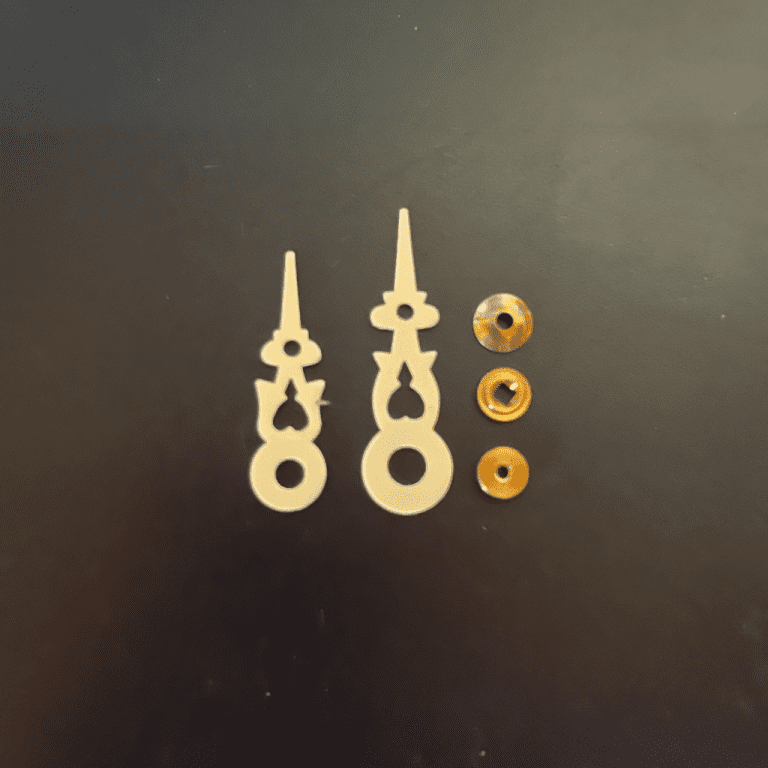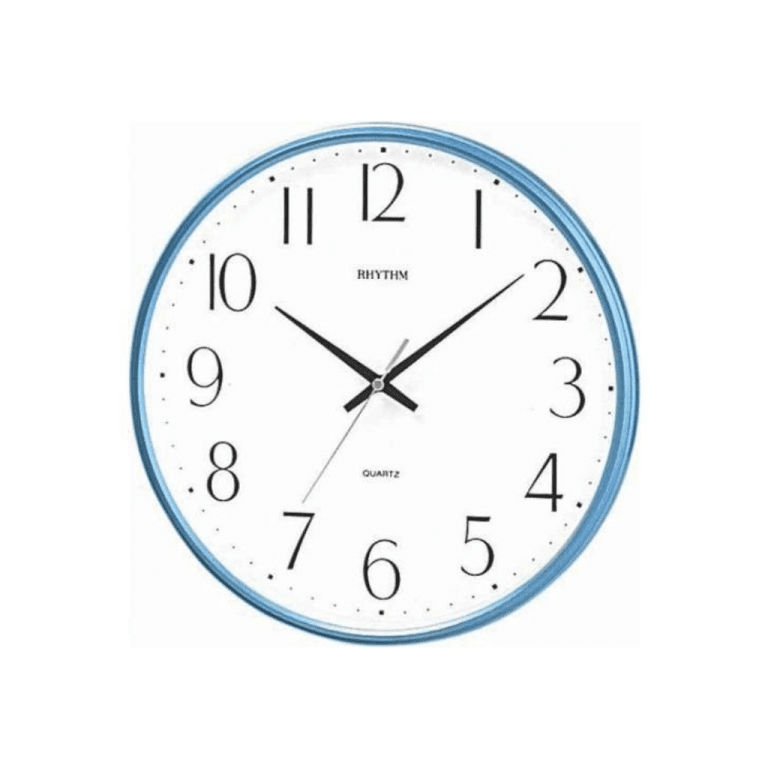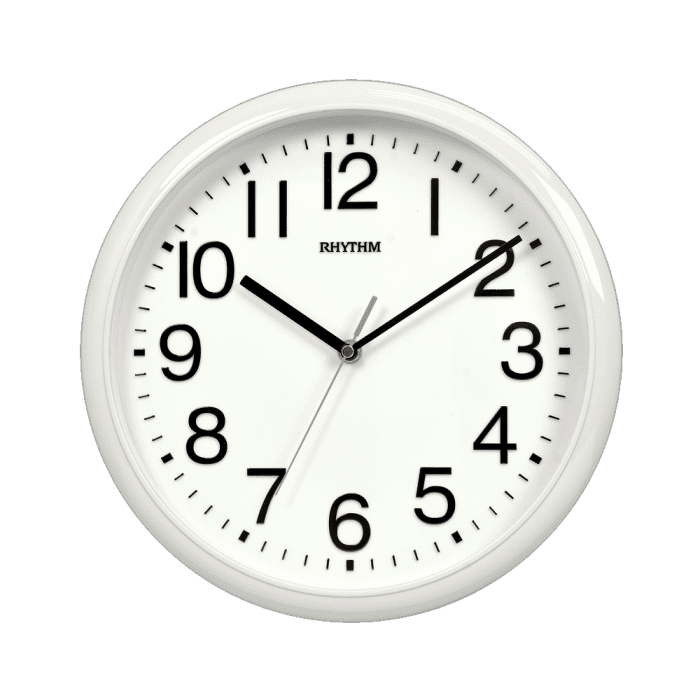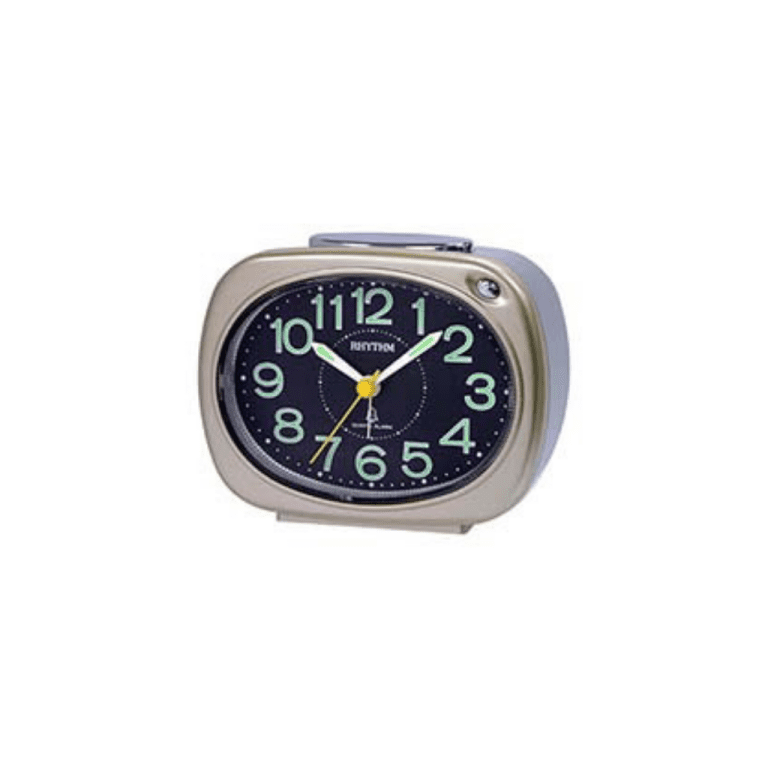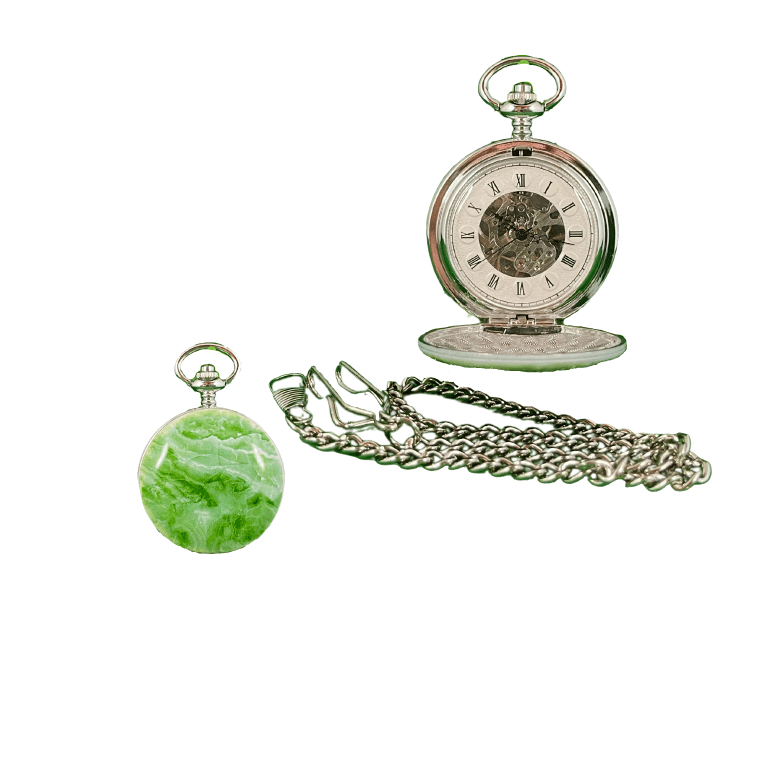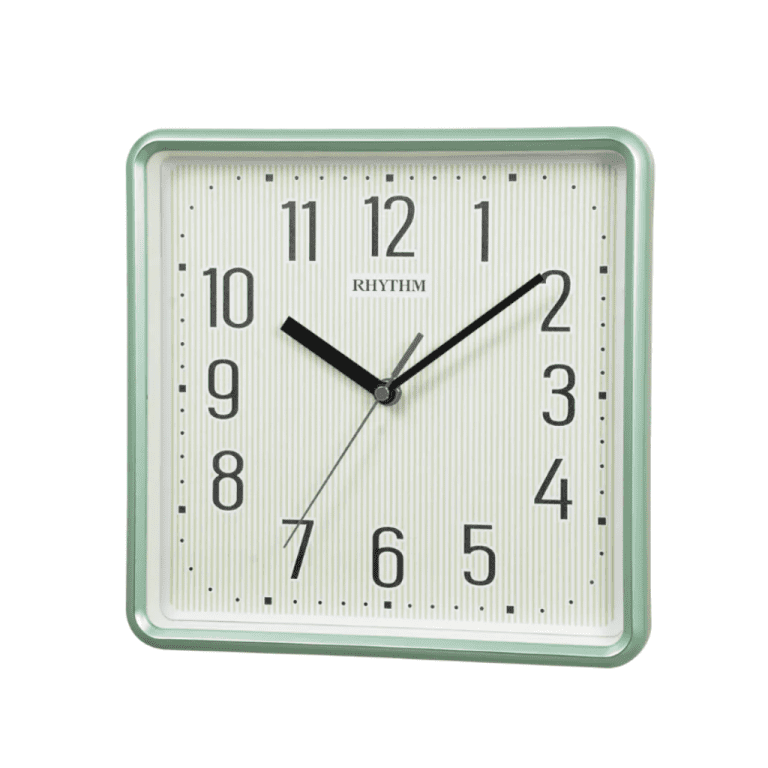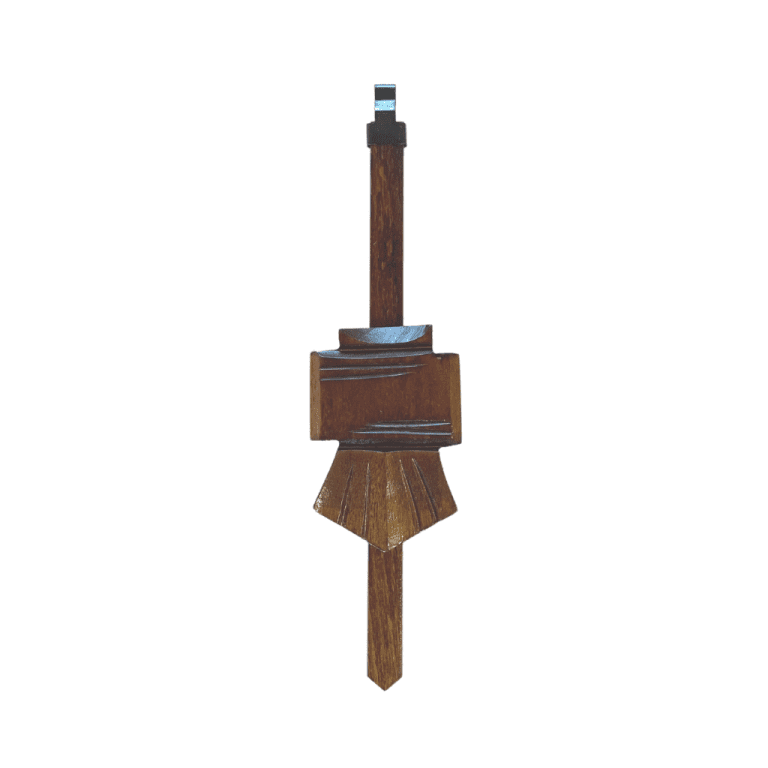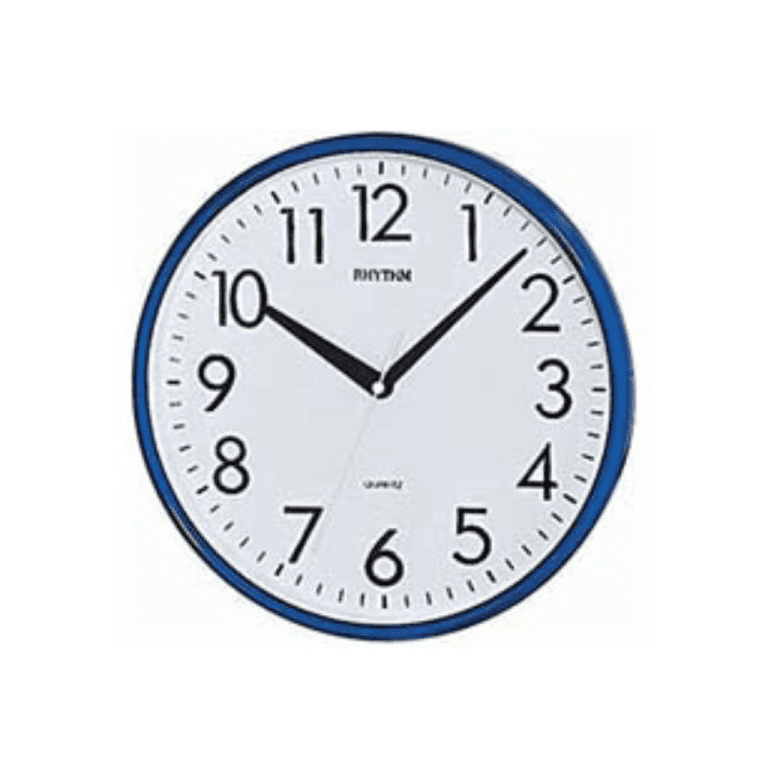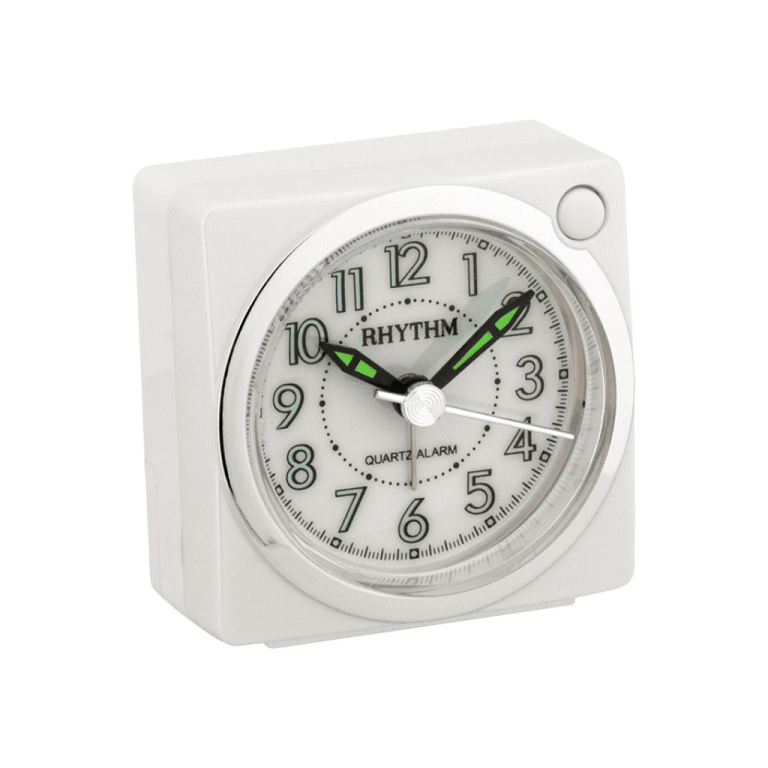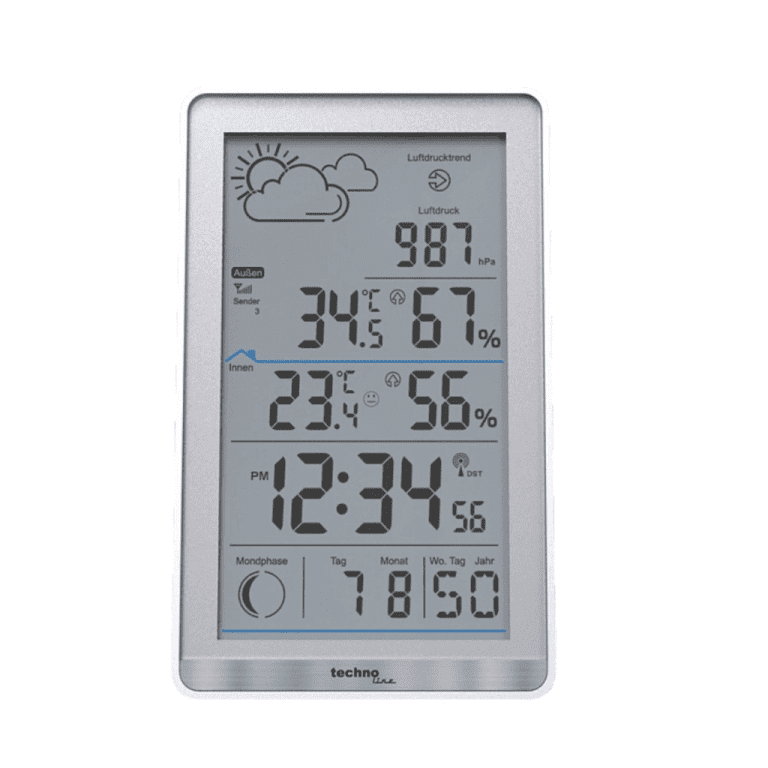It was not until the 1970s that digital clocks, watches and timers became commonplace in households. Before then, there were other devices for measuring the passage of time, one of which was known by the general name of an ‘hourglass’ – more of which shortly.
The egg timer
One form of hourglass timer was in every home for timing boiled eggs. It was known as an ‘egg timer’.
My recollections of egg timers start from when I was very small in the early 1940s, although they must have been common for many years before, as they certainly were for some years afterwards.
The principle and structure of an egg timer
Egg timers consisted of fine sand in a clear glass container which was pinched in at its centre. The amount of sand and the extent of the constriction were both adjusted by the manufacturers so that sand in the top bulb took a specified time to flow into the bottom bulb. For an egg timer, this time always seemed to be 3 minutes as the accepted wisdom was that an egg would take precisely 3 minutes to be soft boiled to perfection – something I have never since understood because so much depends on the size of the eggs and whether the timing starts from cold or boiling water.
The housing of egg timers
In the first part of the 20th Century, the glass bulbs were normally housed in wood – see the picture, although there were probably also stone or clay housings. There were of course no plastics. The wooden housing was sometimes quite decoratively carved, with some woods having a more attractive colour and grain than others.
Normally both the top and the bottom of egg timer housings were flat so that the timer could stand upright either way up. Some, though, had a swivel arrangement for the glass and a fixed housing.
Egg timers were common mementos from holidays, something of which holiday destinations took advantage to increase sales in gift shops. The egg timer housings might be decorated to show holiday venue – perhaps with pictures etched or stuck on. If the colour of the sand was unique to a particular seaside venue , than it was used inside the egg timer, with of course some sort of inscription on the housing.
The egg timer mementos that I saw were left-overs from holidays in the 1930s because nothing frivolous was manufactured during and immediately after World War Two. In later years the housing tended to be coloured plastic. I bought my mother an egg timer in the 1950s which was set in a Perspex block.
How to use an egg timer
When someone came to use the egg timer, the sand was of course all settled in the bottom bulb. So to start the timing, the egg timer had to be turned upside down. The time would be up when all the sand had fallen into the lower bulb.
A problem was that an eye had to be kept on the egg timer throughout because there was no audible signal that the time was up. If the moment that all the sand had settled in the bottom bulb was missed, it was impossible to know how much time had actually elapsed.
As the duration of the set time couldn’t be changed, most cooks just kept a wary eye on the clock. When my mother put a cake in the oven, she would look at the kitchen clock, screw up her eyes slightly in thought and announce to anyone who cared to listen, “That’s got to come out at – uhm – ten past five (or whatever)”. This involved having to check the clock frequently. How much better today’s electronic kitchen timers which can be set to different times at will and with audible alerts!
Credited to:https://www.1900s.org.uk/1940s-egg-timers.htm





